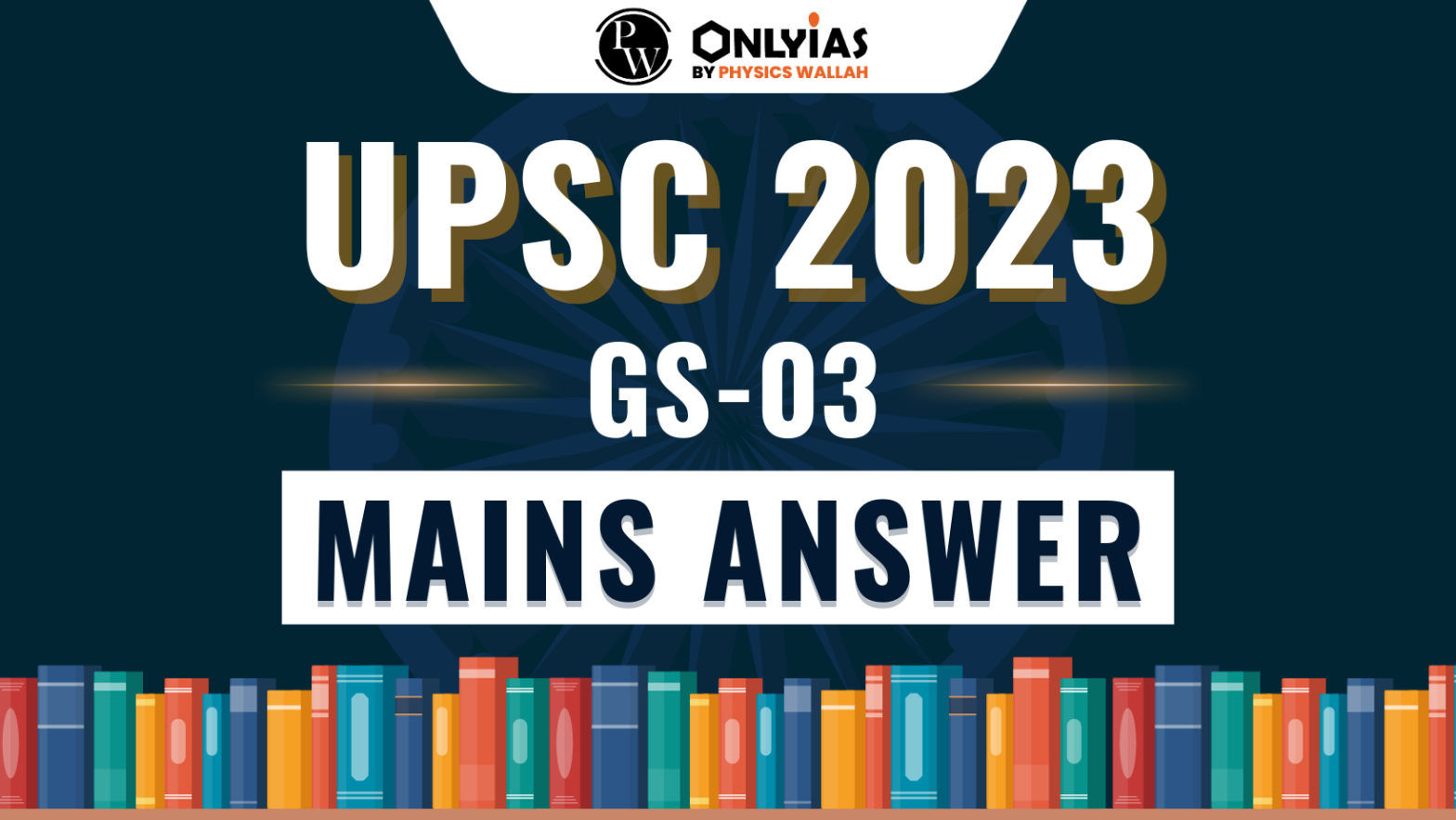
Q14. What are the direct and indirect subsidies provided to farm sector in India? Discuss the issues raised by the World Trade Organization (WTO) in relation to agricultural subsidies.
| How to approach the question
Introduction ● Write about subsidies for farm sector in India briefly Body ● Write the direct and indirect subsidies provided to farm sector in India ● Write the issues raised by the World Trade Organization (WTO) in relation to agricultural subsidies ● Write suitable way ahead in this regard Conclusion ● Give appropriate conclusion in this regard |
Introduction
Agricultural subsidies are financial aids provided by the government to support farmers in improving their income, reducing the cost of farming, and promoting agricultural sustainability. These subsidies play a crucial role in maintaining the health of the farm sector, especially in developing economies like India. Farm subsidies constitute about 2% of India’s GDP.
Body
Direct and Indirect Subsidies in the Farm Sector in India
Direct Subsidies:
Indirect Subsidies:
Issues Raised by WTO on Agricultural Subsidies
Way Forward
Conclusion
To conclude, while the WTO aims to streamline global agricultural trade, it must also be sensitive to the diverse agricultural landscapes of its member countries. India, with its unique challenges and opportunities, must negotiate carefully at WTO forums to safeguard the interests of its agricultural sector.
| For a Detailed explanation of the UPSC GS-01 Mains question 2023, click here.
For a Detailed explanation of the UPSC GS-02 Mains question 2023, click here. For a Detailed explanation of the UPSC GS-03 Mains question 2023, click here. For a Detailed explanation of the UPSC GS-04 Mains question 2023, click here. |

<div class="new-fform">
</div>